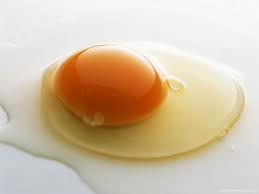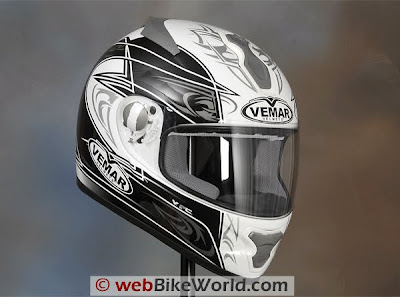
Since I got the ZRX, I haven't been doing my usual of working on it all the time. I've done a few things like updating the turn signals to something more visible and finishing off the undertail. Here is a shot of the ZRX in the shop with the new turn signals and another of finished rear undertail and turn signals.


We recently had a week of cooler temperatures and I had a chance to put some miles on both bikes. In the process, I started messing around with suspension tuning on the ZRX and came away totally amazed. When I first got the bike, I said that the heavier engine made the bike feel like it wants to fall into corners. In a corner, it takes quite a lot of force pushing away on the inside handlebar to keep it from falling into the corner. I never liked this, but figured it was just part of the package.
Also, the ride was aggressive. So I did a little checking on the Kawasaki factory recommended settings and compared them to set-up as I purchased it.
First of all, the shocks were extremely tight. In particular, somebody had set the forks full tight in jounce and the rear shocks full tight in rebound. I guess they were trying to keep the bike from diving during braking. Happily, I have independent jounce and rebound adjustments on both front and rear, so I was able to easily take it back to recommended settings. Here is a shot of the top of the front fork, that blue aluminum on the left. The screw in the center is the rebound fork adjustment and there is a similar screw at the base of the fork for compression. The silver barrel around that screw is the front spring preload adjuster.

In the rear, I have the 5 steps of spring preload adjustment with height adjustment ring. I also have damper adjustments like the knob in the picture showing the rebound set at level 3 out of 5.

After backing down the shocks from 5 to 2 and a similar adjustment in front, the ride was now plenty soft and I was able to tweak it just a little tighter. Having adjustments with reasonable steps.... Sweet.
But the bike still fell into the corners, so I checked out the heights. The rear was set up high at position 4 out of 5. The front was about 2 mm low. 2 mm didn't seem like much, but I guess that the guy was trying to get the bike nose down so it would have less rake, less trail, and turn faster in a transition. Must have been a young and stupid racer. As for me, I'm old and stupid and like a more relaxed handling and ride.
At first, I decided to make a small change and go from 2 mm low in front to 1 mm high. I didn't really expect to be able to feel this change, but the available height range was pretty small, so I made a small step. What a difference! It still wants to fall in, but its a lot easier to ride.
After talking to Bob about changing his suspension, I decided to take the plunge and lower the rear height. From the looks of it, one step in back was about 3/8 of an inch, but upon measuring is, it was only 1/8" or 3 mm. Taking the bike for a ride and the steering torque is almost neutral, but falling in slightly.
Finally, I'm in the process of taking one step further with another mm higher in front. Now, I just need the hot, sticky weather to back off a little so that I can give it a try.
After more than 30 years of making little changes that improve the character of a car, I shouldn't be surprised how much the little adjustments matter. Still, I am amazed that a few millemeter change in ride height can have so much difference in the comfort and character of a bike. Its all in the details.












